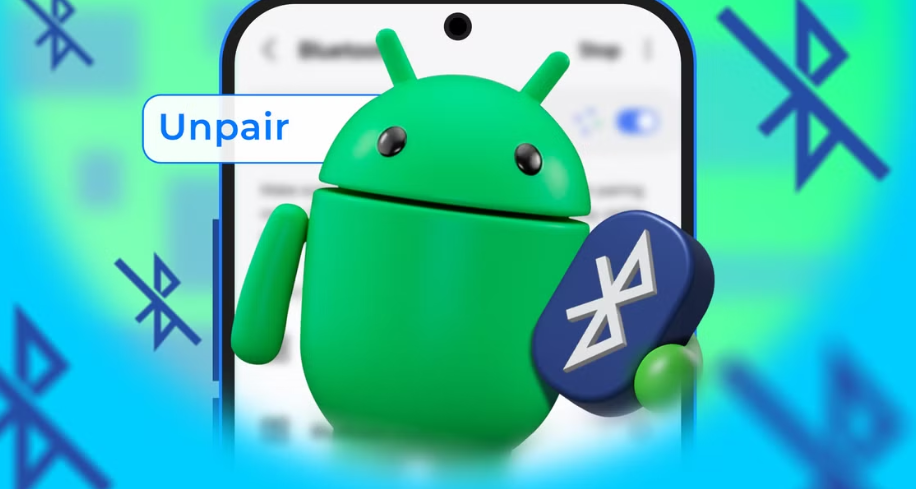Traveling can be an exhilarating experience, but staying connected while on the go is crucial—whether it’s for navigating unfamiliar streets, sharing your experiences with loved ones, or ensuring a safety net in case of emergencies. When I embarked on a recent trip abroad, I decided to try a temporary eSIM solution rather than sticking to traditional roaming services or local SIM cards. Here’s a detailed account of how it went, what I learned, and why you might want to consider using an eSIM on your next adventure.
What Is an eSIM?
Understanding eSIM Technology
An eSIM (embedded SIM) is a digital SIM card that is built into your device. Unlike traditional physical SIM cards, which you have to insert into your phone, an eSIM is activated digitally via software. This means you don’t need to swap SIM cards to change carriers or plans. Instead, you can download and activate a new carrier profile directly from your phone settings.
Benefits of Using an eSIM
- Convenience: No physical card to lose or misplace.
- Flexibility: Switch between multiple carriers and plans with ease.
- Eco-Friendly: Reduces plastic waste associated with physical SIM cards.
- Instant Activation: Most eSIM plans can be activated almost instantly via QR codes or app-based processes.
Why I Chose a Temporary eSIM
The Problem With Traditional Solutions
- International Roaming: Expensive and often comes with limited data.
- Local SIM Cards: Require finding a store, verifying your identity, and dealing with language barriers.
- Wi-Fi Dependency: Public Wi-Fi isn’t always reliable or secure.
The eSIM Advantage
Temporary eSIMs cater specifically to travelers by offering short-term plans tailored for international use. They allow you to select plans based on your destination, duration, and data needs without the hassle of visiting a physical store or juggling multiple SIM cards.
Setting Up My Temporary eSIM
Step 1: Researching Providers
Before my trip, I explored several eSIM providers. Some of the most popular ones include:
- Airalo
- Nomad
- Holafly
- GigSky
I compared their offerings based on coverage, data limits, pricing, and reviews. Ultimately, I chose Airalo due to its wide coverage and affordable pricing.
Step 2: Purchasing the eSIM Plan
The process was straightforward:
- Download the App: I downloaded the Airalo app from the App Store.
- Browse Plans: I searched for plans specific to my destination.
- Make a Purchase: After selecting a 5GB data plan for 30 days, I completed the purchase using a credit card.
Step 3: Activating the eSIM
- Receive a QR Code: After purchase, the app provided a QR code.
- Install the eSIM: Using my phone settings, I scanned the QR code to add the eSIM profile.
- Configure Settings: I set the eSIM as my primary data line while keeping my physical SIM active for calls and texts.
The entire setup took less than 10 minutes.
Using the eSIM While Traveling
Day 1: Arrival and Initial Impressions
As soon as I landed, I switched on mobile data, and the eSIM connected seamlessly to a local network. The internet speed was impressive, making it easy to navigate the airport, book a ride, and inform my family of my safe arrival.
Connectivity Performance
- Speed: On most days, I experienced 4G LTE speeds, which were sufficient for streaming, navigation, and social media.
- Reliability: The connection remained stable even in rural areas.
- Compatibility: My iPhone 13 handled the dual-SIM setup effortlessly, allowing me to use my home number for SMS while the eSIM handled data.
Challenges Faced
- Network Switching: In certain regions, the eSIM switched between networks, causing brief disruptions.
- Data Management: Keeping track of data usage was essential to avoid running out mid-trip.
- Technical Glitches: A minor hiccup required me to restart my phone to reconnect to the network.
Comparing Costs
Traditional Roaming vs. eSIM
For a month-long trip with moderate data use:
- Roaming Charges: My carrier’s international roaming plan would have cost $70 for 2GB.
- eSIM Plan: The Airalo plan cost $20 for 5GB, making it significantly cheaper.
Hidden Costs to Watch Out For
- Top-Ups: Some eSIM providers charge a premium for additional data.
- Limited Features: eSIM plans often exclude call and SMS services, so I relied on apps like WhatsApp and Zoom for communication.
Tips for Using a Temporary eSIM
Before You Travel
- Check Compatibility: Ensure your phone supports eSIM technology.
- Download Before Departure: Activate the eSIM while you still have reliable internet access.
- Compare Plans: Match the data limit and coverage to your needs.
During Your Trip
- Monitor Data Usage: Use your phone’s settings or the eSIM app to track consumption.
- Optimize Apps: Disable background data for non-essential apps.
- Have a Backup: Keep your physical SIM active for calls and emergencies.
Pros and Cons of Temporary eSIMs
Pros
- Ease of Use: Simple activation process and seamless connectivity.
- Cost-Effective: Typically cheaper than international roaming.
- Versatility: Works across multiple countries without the need to swap SIM cards.
Cons
- Data-Only Plans: Lack of call and SMS functionality can be a limitation.
- Device Compatibility: Not all phones support eSIM.
- Technical Issues: Occasional network switching and setup challenges.
Final Verdict: Would I Use an eSIM Again?
Absolutely! The convenience and cost savings far outweighed the minor inconveniences. For frequent travelers, a temporary eSIM is a game-changer, providing reliable connectivity without the exorbitant fees of traditional roaming. However, it’s essential to choose a reputable provider and plan accordingly to avoid hiccups.
Conclusion
Temporary eSIMs offer a practical, affordable, and eco-friendly solution for staying connected while traveling. My experience demonstrated how easy it is to set up and use an eSIM, making it a compelling option for anyone planning an international trip. With a bit of research and preparation, you can enjoy hassle-free connectivity wherever your travels take you.



